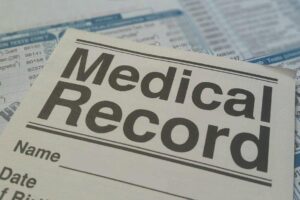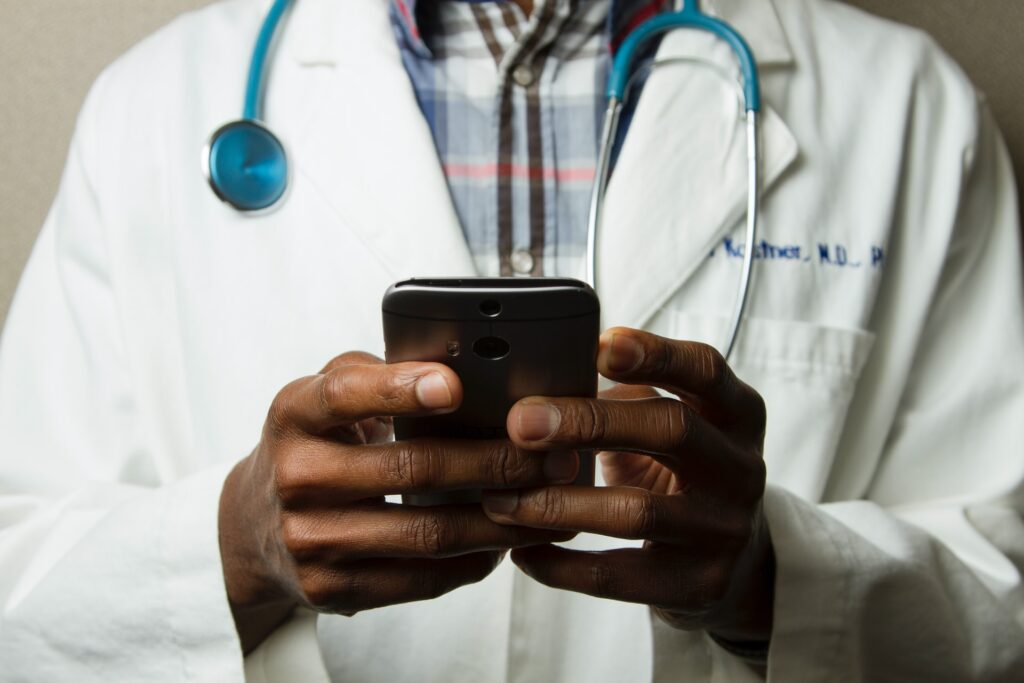A Guide to EHRs and Why They Are Important

Healthcare professionals are mostly aware of what electronic health records (EHR) are and their importance, but only professional EHR informaticists and medical coders really know how to create, organize and use them. However, insurance agents and patient parties do require a bit more info on the subject, as electronic health records can feel unnecessary and too complicated for them. Staying away from the more complex inner workings of medical coding, we will now briefly go over some of the questions that often confuse people outside the healthcare industry.
What is EHR?
Electronic health records are exactly what the name itself implies they are; electronic, aka digital versions of a patient’s health records. They are paperless, cloud-synced, encrypted versions of the patient files that we know and understand, but electronic health records have numerous benefits over their traditional counterparts, which have made their predecessors almost defunct today.
Are EHR and EMR Records the Same?
Electronic health records are abbreviated as EHR, and EMR stands for electronic medical records, so it is natural to be confused since they should theoretically mean the same thing. Mostly that would be the right assumption, but there are a few important differences to be noted. The most important of those differences is the scope.
EHRs contain all medical information and history about patients, covering almost all healthcare facilities, clinics, hospitals, outpatient chambers, etc. that they have visited so far, and throughout their lifetime.
EMRs, on the other hand, are limited to containing information regarding the patients from any one particular clinic, doctor’s chamber, or hospital. Unlike EHRs, EMRs are not accessible to anyone outside that specific facility, except when requested under special circumstances. To know more about electronic health records, electronic medical records, and how to retrieve them both for insurance purposes, head on over to americanretrieval.com.
What are the Benefits of Digital Record-Keeping in Healthcare?

Image source: unspalsh.com
Now that we have a decent idea regarding the concept of EHRs and EMRs, it’s time to answer the next, most obvious question; what are the benefits of electronic health record-keeping that makes them so important? Just go through the following list of benefits to find the answer:
- EHRs provide access to a patient’s history of illnesses, treatment, etc. even if they were previously being treated at a different facility in a different state
- They allow qualified medical professionals to find and go through a patient’s history instantaneously, allowing them to provide faster, better, safer, and continuous treatment
- Medical coding is a type of encryption that prevents unauthorized personnel from reading stolen healthcare records
- Unlike paper files, they have a virtually infinite lifetime
- Unlike paper files, cloud-synced EHRs and EMRs cannot be destroyed after a natural disaster, a fire, or an accident
- It saves space, time, and resources
- EHRs make life easier for patients and insurance providers.
In fewer words, EHRs are important because they are better in almost every possible way, as compared to traditional patient files. They are the future and if the system was reverted in a theoretical sense, the entire healthcare system as we know it would be in utter disorder, making life extremely difficult for patients, healthcare providers, and insurers alike.
The electronic health card consists of:

image source: newworkoffices.com
- demographic data (age, gender, place of residence, occupation, and other personal data)
- medical history (history and status, findings and opinions, course of treatment, discharge letter)
- results of laboratory analyzes
- radiological images
- allergy data
- data on therapies, procedures performed, drugs used
The role of the electronic health record is to enable fast and reliable storage and use of patient health data. In addition, it gives you an overview of the patient’s medical history, as well as sharing patient data between doctors without making any effort to collect all necessary findings and opinions, because with one click all patient data and medical history are available. The handling of EHR and EMR can also serve as a basic training base for young doctors.
Security of electronic health records
The anonymity of data in the electronic health record system can be ensured in several ways, and one is the use of “smart” cards and public key databases in which data on users authorized to access the documentation at different security levels are stored. The smart card is owned by the doctor, while the patient has a health card. Data transfer from the card to the system and vice versa is possible only by connecting the patient’s health card and the doctor’s smart card. In this way, the identification of the patient is confirmed.
Individual databases contained in electronic form are separated for security reasons on different clients. These are databases that contain administrative patient data to databases that contain medical data, and the main patient index allows these databases to be merged.
Final thoughts

img source: profilosurgical.com.au
The digitalization of health care enables all health care institutions to have modern information systems connected into a single system, which will ensure the exchange of all relevant data. In that way, the connected health system will be more transparent, more efficient, and of better quality, and the budget savings that are realized in this way can be directed to the health infrastructure and salaries of employees.
Electronic health records are not only a replacement for paper records but also enable better work of doctors and overall health care. Only a valid and complete electronic health record allows the use of other software used in health care, such as medical decision-support programs, and modeling and simulation programs. The usefulness of the medical decision-making program is very high and enables the quality of treatment to be raised to a higher level, but it can only be used if such a program is provided with comprehensive patient data contained in an electronic health card. This approach shortens the time required to establish diagnosis and therapy, as well as the waiting time in healthcare facilities, which is especially important now that the coronavirus is present in almost all countries of the world.
